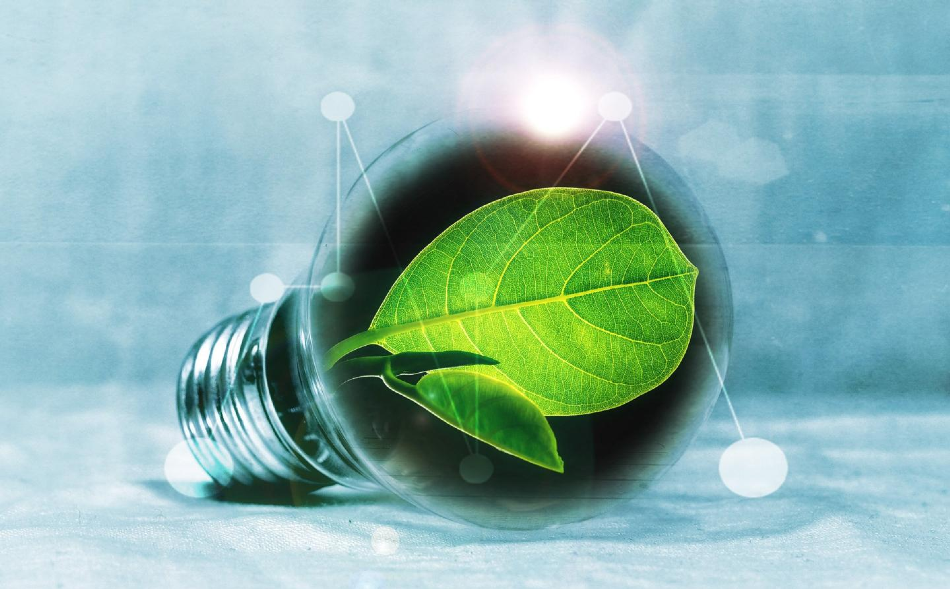Feb 27 2020
In the current scenario of pollution, climate change, and diminishing resources, hydrogen is one fuel that could dramatically change the course in the energy sector.
 Crafting a new and efficient way of producing hydrogen from organic waste. Image Credit: Tokyo University of Science.
Crafting a new and efficient way of producing hydrogen from organic waste. Image Credit: Tokyo University of Science.
When hydrogen fuel is burned in an electrical power plant and combustion engine, it generates only water. This makes it much cleaner when compared to the present fossil fuels.
Hydrogen does not cause smog, does not contribute to climate change, and does not produce toxic gases; hence, this gas could well be the solution to a future of cleaner energy. But if that is the case, then why is hydrogen not used more extensively?
This is due to two reasons. The first reason is hydrogen leaks quite easily from storage tanks and is highly flammable, which can lead to potential explosion hazards during transport and storage.
The second reason is while pure hydrogen is a naturally occurring fuel on Earth, it does not occur in sufficient quantities to be used for economical utilization. In addition, hydrogen atoms need to be derived from molecules such as water or methane, which needs plenty of energy.
While many methods are available to generate hydrogen fuel, researchers have not made this process sufficiently “efficient” to render hydrogen a commercially viable fuel on the energy market. So until this happens, fossil fuels may continue to govern the sector.
For many years, researchers have been trying to develop a safe, efficient, and low-cost method to generate hydrogen fuel. Solar-driven processes offer one of the most potential techniques to realize this. In this process, light is used to expedite (or “catalyze”) the reaction to divide water molecules into hydrogen gas and oxygen.
Two researchers elucidated the Honda-Fujishima effect in the 1970s. In this effect, titanium dioxide is used as a photocatalyst in the production of hydrogen. Based on this study, Japanese scientists went on to utilize a more readily available and more economical semiconductor catalyst for this kind of reaction. The researchers’ aim was to further boost the efficiency of this reaction, thereby increasing the safety and decreasing the production costs of hydrogen fuel. The team was headed by Professor Ken-ichi Katsumata from Tokyo University of Science.
The researchers’ study indicates that when a form of rust known as α-FeOOH is used, the hydrogen produced under Hg-Xe lamp irradiation can be 25 times higher when compared to the same gas produced using titanium dioxide catalyst under the same light conditions. The research was published in Chemistry: A European Journal.
The aim of the experiment performed by Professor Katsumata and collaborators is to tackle typical challenges that are experienced when semiconductor catalysts are used in the solar-driven production of hydrogen.
The authors described three major barriers. The first barrier is that the catalyst material had to be appropriate to use light energy. The second problem is that a majority of the photocatalysts that are presently used need “noble” or rare metals as cocatalysts, which are not only costly but also hard to acquire.
The last barrier emerges from the real production of oxygen and hydrogen gases. If the mixture of these two gases is not separated directly, it can reduce the output of hydrogen fuel at the most and may even lead to an explosion.
Hence, researchers aimed to identify a solution that can boost the efficiency of the reaction and also effectively prevent oxygen and hydrogen gases from re-combining and producing a potential hazard.
The team eventually identified a potential candidate catalyst in α-FeOOH (or rust) and performed an experiment to assess its efficiency for the production of hydrogen and the ideal experimental conditions to activate this gas.
We were really surprised at the generation of hydrogen using this catalyst, because most of the iron oxides are not known to reduce to hydrogen. Subsequently, we searched for the condition for activating α-FeOOH and found that oxygen was an indispensable factor, which was the second surprise because many studies showed that oxygen suppresses hydrogen production by capturing the excited electrons.
Ken-ichi Katsumata, Associate Professor, Department of Materials Science and Technology, Tokyo University of Science
Using a “gas-chromatography-mass-spectrometry” technique, the researchers validated the production mechanism of hydrogen from a solution of methanol and water, and showed that α-FeOOH was as much as 25 times more active when compared to the titanium dioxide catalyst employed in an earlier study; this outcome thus supports the stable production of hydrogen for over 400 hours. However, more studies need to be performed to improve this process.
The specific function of the oxygen in activating light-induced α-FeOOH has not been unveiled yet. Therefore, exploring the mechanism is the next challenge.
Ken-ichi Katsumata, Associate Professor, Department of Materials Science and Technology, Tokyo University of Science
At present, the findings of Katsumata and his collaborators represent novel developments in the generation of a clean and zero-emissions energy source that will be key to sustainable societies in the days to come.
This research was financially supported by a Grant-in-Aid for Young Scientists (A; 25708037) and a Grant-in-Aid for Scientific Research (B) (16H04498) from the Japan Society for the Promotion of Science (JSPS).